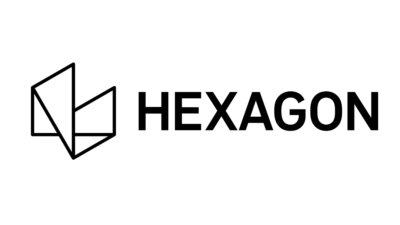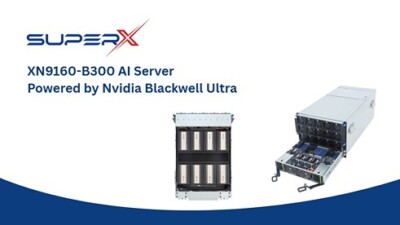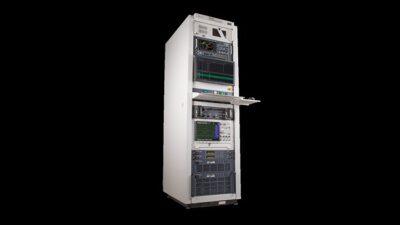The integration aims to reduce failed builds, optimize toolpaths, and improve consistency for aerospace, defense, and energy components.
Dyndrite, a developer of industrial software for additive manufacturing, announced a collaboration with Ansys, part of Synopsys. The companies plan to integrate Ansys’ thermal processing simulation software with Dyndrite LPBF Pro, enabling a workflow that predicts microstructure and thermal distortion in metal additive manufacturing.
For all LPBF users, and particularly for manufacturers of large or complex components in aerospace, defense, and energy, predicting and controlling thermal behavior is important.
By bridging Ansys thermal insights with the Dyndrite Laser Powder Bed Fusion (LPBF) print preparation process, engineers will be able to:
- Reduce risk: Anticipate thermal distortion, residual stress, and microstructural variability before printing, lowering the chance of failed builds.
- Accelerate qualification: Validate process-structure-property relationships digitally, thereby reducing reliance on costly, time-consuming print trials.
- Reduce costs: Prevent scrapped builds on large-format systems, saving material and machine time.
- Improve confidence: Ensure mission-critical components meet demanding performance and certification standards.
- Enable repeatability: Leverage the Dyndrite Python APIs to codify proven strategies and reproduce them across machines, sites, and projects.
Future integration efforts will allow users to apply high-fidelity simulation results directly within Dyndrite LPBF Pro, supporting per-region toolpath strategies to assign parameters, manage overhangs, and reduce stress. This aims to improve consistency and efficiency in multi-laser metal additive manufacturing systems.
The companies are seeking early LPBF adopters to provide critical feedback as the companies plot the integration. Together, Dyndrite and Ansys aim to validate how simulation-driven build preparation can reduce risk and accelerate the development time of additively manufactured parts.
For more information, visit dyndrite.com.



